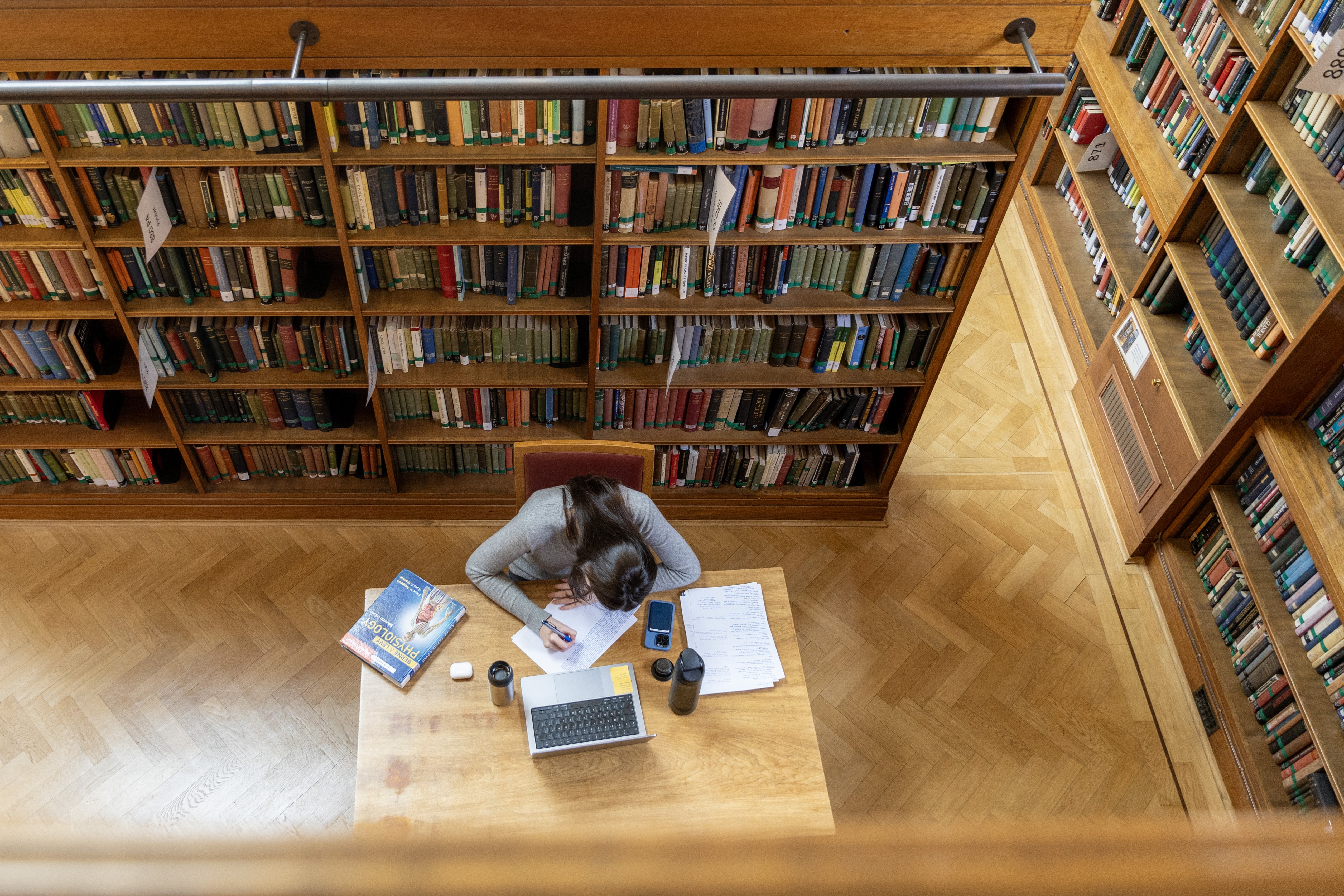16:00
Parametrising complete intersections
Abstract
For some values of degrees d=(d_1,...,d_c), we construct a compactification of a Hilbert scheme of complete intersections of type d. We present both a quotient and a direct construction. Then we work towards the construction of a quasiprojective coarse moduli space of smooth complete intersections via Geometric Invariant Theory.


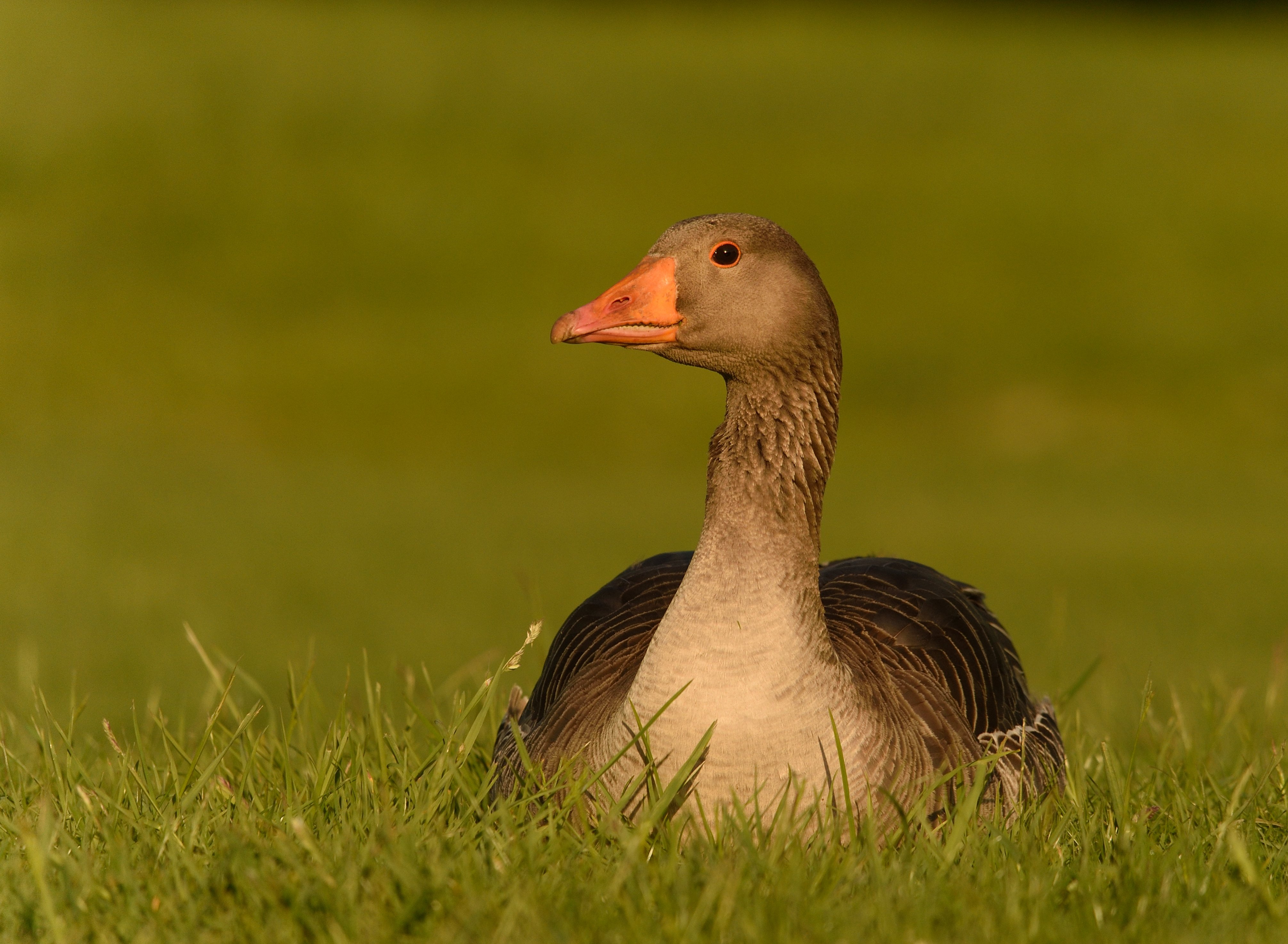

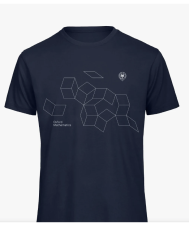 The old stock Mathematical Institute merchandise is going on sale next Thursday, March 13th at 12 noon in the North Mezzanine.
The old stock Mathematical Institute merchandise is going on sale next Thursday, March 13th at 12 noon in the North Mezzanine.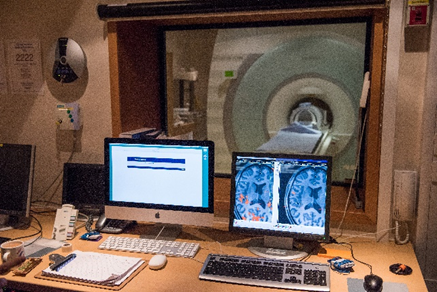 Spend your summer helping develop an ultra-low-cost MRI scanner. Based in Oxford, we’re building our first prototype to reduce scan costs by 100x, enabling earlier cancer detection.
Spend your summer helping develop an ultra-low-cost MRI scanner. Based in Oxford, we’re building our first prototype to reduce scan costs by 100x, enabling earlier cancer detection.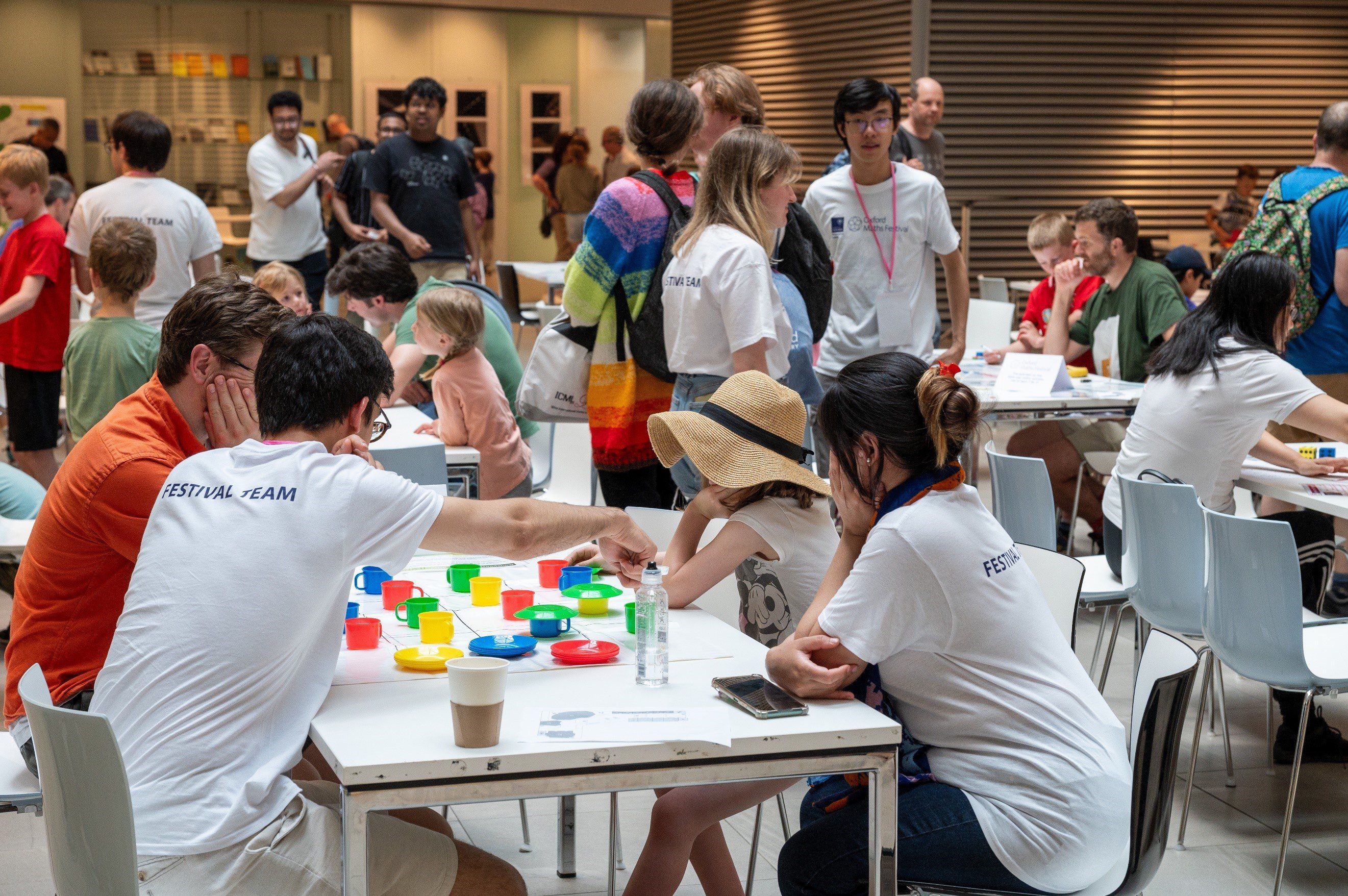 The Oxford Maths Festival is returning for 2025!
The Oxford Maths Festival is returning for 2025!